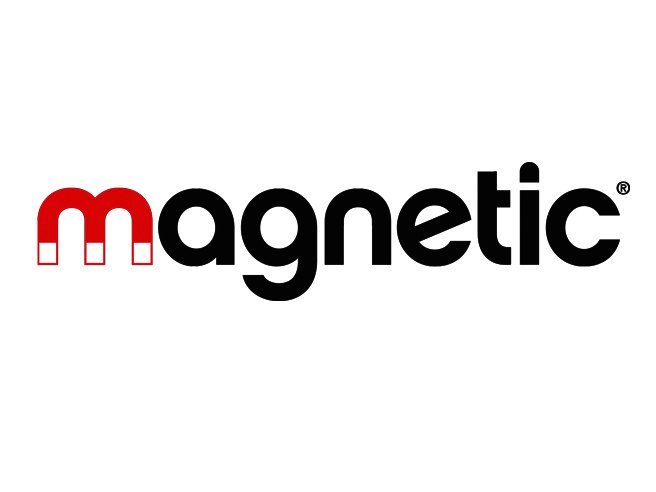It seems like almost every week we hear about another industry that is being disrupted or under pressure, which makes for a fascinating, seemingly ubiquitous trend at the moment. What is common to many of these though, is that technology plays a pivotal role in helping that industry address its unique challenges. One sector in particular where this is evident is marketing and advertising.
Daniel Marcus, CEO of Magnetic Software – a business intelligence platform designed to enhance efficiencies and profits for marketing agencies – explained that while recent economic conditions have undoubtedly proved challenging for businesses across the board, advertising and marketing agencies are finding their margins being squeezed due to a number of factors. These include changing client behaviour, increased competition and more stringent procurement practices in the industry.
“Companies experiencing budget restraints will often cut marketing spend first, opting to run certain campaigns in-house instead of outsourcing to an agency. There has also been a growing trend for clients to opt for project-based engagement, rather than retainers, which can make it challenging to optimise resource efficiencies,” he elaborated.
Pain and potential
Marcus points out that the latest Kingston Smith survey, which analyses the annual performance of over 250 marketing service companies globally, five out of the eight sectors surveyed saw operating profit margins fall, despite all sectors managing to grow total fee income compared with the previous year’s financial performance.
The pain for marketing and advertising agencies doesn’t end there, with agencies also experiencing continued pressure on salaries, driven predominantly by a widespread skills shortage. “The proportion of fee income spent on staff costs, according to the Kingston Smith survey, reached a record high of just over 60% across all sectors combined. This pressure is then further compounded by the increasing need to use freelancers – most of whom come at a higher cost – on more project-orientated work,” he continued.
However, Marcus stresses that there is some hope for the beleaguered industry. He believes that much can be overcome through improved process management and controlling the controllable elements within an agency. “The reality is that agencies have little to no control over their macroeconomic environment, but are able to change the way they run their business.”
Technology to the rescue
He adds that agencies also need to be wary of over-servicing clients in an attempt to win or keep them. “While winning and retaining new business is vital for the future success of any agency, if the over-servicing of clients begins to eat into agency profits, this strategy is essentially counterproductive.
Unfortunately, many agencies aren’t even aware that this is happening because they aren’t able to accurately track the number of hours that are spent on acquiring and servicing each client.” It is here Marcus believes that technology can offer the advertising and marketing industry a way out.
More specifically, he explains that the right agency workflow platform can make a profound impact on an agency’s financial success. “A workflow platform is no longer just a way to monitor employee tasks. From key sales metrics to instant profitability reports, innovative software such as Magnetic can help agencies manage projects effectively to deliver on time and within budget. With the ability to track multiple areas of the agency at any moment, users can now work proactively, not reactively.”
Understanding, ahead of time
Marcus added that working proactively would entail knowing ahead of time which resources are going to go over budget and then making a change before this happens. Doing this could mean the difference between making a loss or profit on a job. He contrasts this to being reactive in this case, in which case the agency would only know that it is over budget once the job is complete and the recon has already been performed.
To this end, Marcus notes that having the right agency workflow software in place gives agencies a bird’s eye view of their entire business, and allows them to make smart decisions based on the data the system gives them. These decisions help them understand where their resources should be focusing their time and which jobs should have junior or senior resources allocated. “Knowing this means they have a clear view of where they are over or under servicing clients and as such, are able to monitor and control their margins on jobs. Key features here are budget warnings, time tracking, overhead cost allocation to employees and job dashboard reports,” he added.
The bigger picture
From the South African context though, the platform can also be used to respond to another serious issue – skill shortages – which are often addressed via online freelance markets. He enthuses that the company has recently released a feature to address just this problem. “Our clients are now able to issue work from inside Magnetic to freelancers, who then use a free account to track their work and time on the specific job they've been hired for. This ensures that all the information on a job is housed in one place, bringing us back to the bird’s eye view and allowing agencies to be proactive when reporting back to client,” explains Marcus.
He asserts that with this level of technology available, agencies really don’t have any excuse to be working inefficiently. “Agency efficiency begins and ends with controlling the controllables, and with tailored software available and accessible to agencies of all sizes, it has never been easier,” concludes Marcus.





